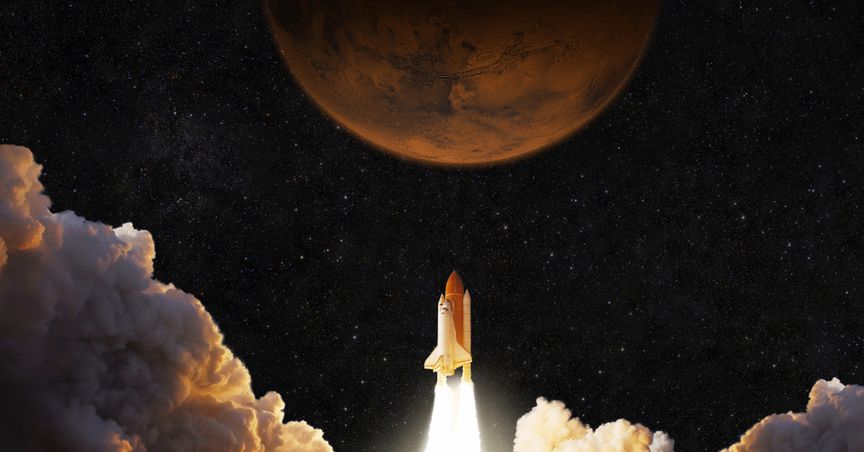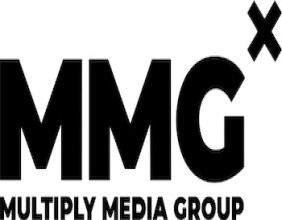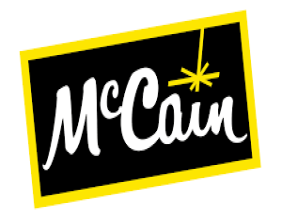The space tourism industry is in its infancy, with companies like Virgin Galactic (NYSE:SPCE) and Blue Origin competing to send tourists into space. However, SpaceX, led by Elon Musk, may ultimately disrupt the industry with its ambitious vision for more affordable space travel. Though not yet offering flights to the public at prices competitive with Virgin Galactic or Blue Origin, SpaceX’s progress suggests that it could soon undercut its competitors in this burgeoning market.
SpaceX's Vision for Affordable Space Travel
Two years ago, when the space tourism race was just beginning, SpaceX’s Starship was forecasted to be a game-changer. With its capacity to carry 100 passengers per launch at an estimated cost of $10 million per flight, SpaceX hinted at the possibility of charging $100,000 or less per ticket. This would mark a significant reduction compared to the $250,000 per-ticket prices currently charged by Virgin Galactic and Blue Origin.
While SpaceX has not yet reached this pricing milestone, it is clearly moving in that direction. The recent Polaris Dawn mission underscores this progress. Conducted by SpaceX, this successful space tourism flight saw four non-NASA astronauts fly to an orbit 450 miles above Earth—three times the height of the International Space Station. The mission also achieved a historic spacewalk, with two of the astronauts spending time outside the Crew Dragon capsule.
The mission was a significant accomplishment, and after five days in orbit, the Polaris Dawn crew safely returned to Earth, splashing down in the ocean.
SpaceX's Costs vs. Competitors
Despite its success, Polaris Dawn's costs far exceed those of Virgin Galactic and Blue Origin. According to reports, SpaceX charges NASA about $72 million per seat for astronaut flights, up from $55 million per seat in 2019. The price for space tourists using Crew Dragon seats is estimated at $41.9 million per seat, according to Forbes. By comparison, Virgin Galactic and Blue Origin advertise space tourism tickets at around $250,000.
At first glance, SpaceX’s pricing seems much higher, but a closer look reveals a different picture. Virgin Galactic and Blue Origin offer spaceflights lasting about 10 minutes. At $250,000 per ticket, that works out to $25,000 per minute in space. On the other hand, even at NASA’s $72 million price per seat for Polaris Dawn, the mission lasted five days, or 7,200 minutes. This translates to a per-minute cost of just $10,000—60% cheaper than Virgin Galactic and Blue Origin.
Room for Future Price Reductions
SpaceX’s space tourism ventures are just beginning, and significant cost reductions are likely. For Polaris Dawn, Crew Dragon carried only four passengers, despite its capacity for seven. Future missions could be cheaper by filling more seats or extending mission durations. Moreover, SpaceX’s upcoming Starship rocket, designed to carry 100 passengers per flight, could dramatically reduce the per-ticket price, potentially bringing space tourism prices down to thousands of dollars per passenger.
This prospect presents a major threat to companies like Virgin Galactic and Blue Origin, which currently charge much higher rates for significantly shorter flights.
SpaceX’s Ultimate Vision
Though space tourism is a promising venture for SpaceX, it is not the company’s primary objective. SpaceX’s long-term goal is to enable interplanetary travel, beginning with missions to Mars. However, its advancements in space tourism suggest that SpaceX could become a dominant player in the industry, especially as it continues to push technological boundaries and lower costs.




